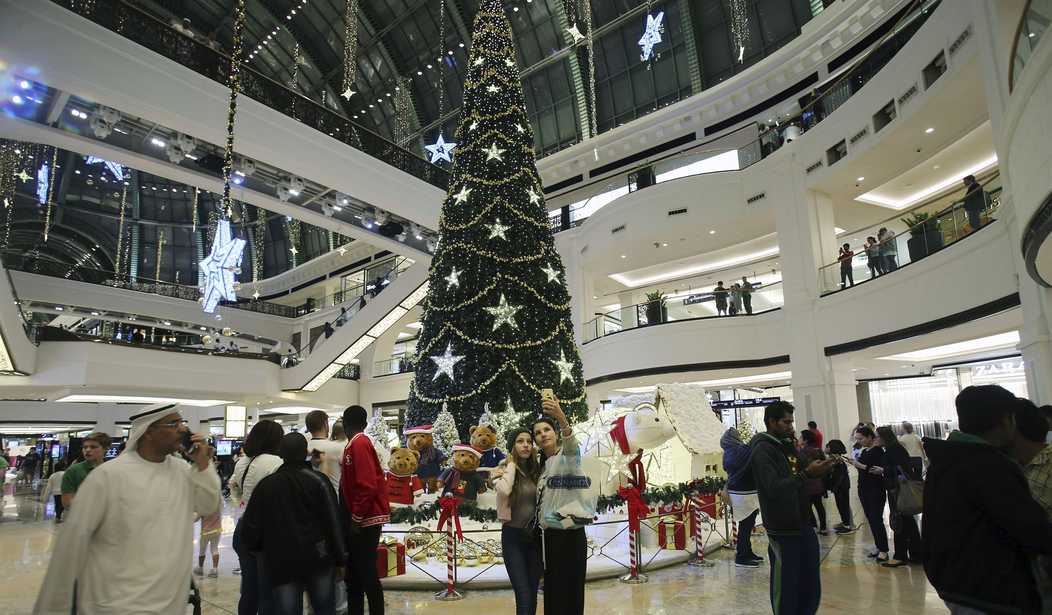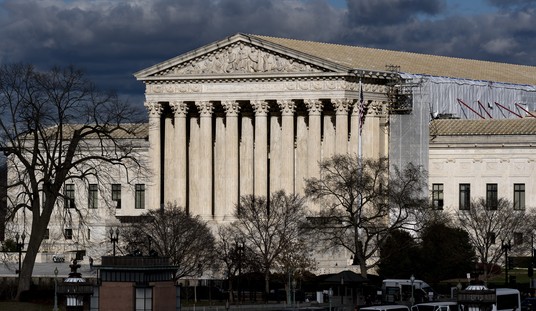By the end of this Thanksgiving holiday weekend, American consumers are expected to have blown tens of billions of dollars and set spending records. Strong online Thanksgiving Day and record-setting Black Friday sales…
…Consumers spent a record $9.12 billion online shopping during Black Friday this year, according to Adobe, which tracks sales on retailers’ websites.
…Overall online sales for the day after Thanksgiving were up 2.3% year over year, and electronics were a major contributor, as online sales surged 221% over an average day in October, Adobe said.
…The record-breaking spending comes on the heels of a strong day of Thanksgiving shopping, in which consumers shelled out an all-time high of $5.29 billion online, up 2.9% year-over-year. Typically, shoppers spend about $2 billion to $3 billion online in a day, according to Adobe.
…encouraged retailers to hope for a big finish as Cyber Monday rolls around.
…This year, Cyber Monday is expected to drive $11.2 billion in spending, up 5.1% year-over-year, according to Adobe.
It was a bright spot in an uncertain and stressful season for retailers, with consumers burdened by high inflation, job insecurity and shortages, while retailers themselves have watched inventories build to unacceptable levels. Even as consumers snapped up bargains, inside the spending, the warning signs were already there.
…Many consumers embraced flexible payment plans on Black Friday as they continue to grapple with high prices and inflation. Buy Now Pay Later payments increased by 78% compared with the past week, beginning Nov. 19, and Buy Now Pay Later revenue is up 81% for the same period.
Brick-and-mortar merchants didn’t see the usual crush of frantic, post-Thanksgiving bargain hunters. Parking lots were easily accessed, and making your way through the mall to the store on your list was apparently hassle-free. And those interminable, miserable check-out lines? Also apparently few and far between compared to past years. The folks who braved the mall were disciplined shoppers, as well.
Thin crowds of inflation-weary consumers hunted for Black Friday deals at stores in big cities including New York, Los Angeles, Chicago and other locales, marking the start of a U.S. holiday shopping season crucial to retailers in an uncertain economy.
Many shoppers who opened their wallets said their purchases were strategic, not impulsive or splurges.
…”Usually at this time of the year you struggle to find parking. This year, I haven’t had an issue getting a parking spot,” said Marshal Cohen, chief industry adviser of the NPD Group Inc.
“It’s a lot of social shopping, everybody is only looking to get what they need. There is no sense of urgency,” Cohen added, based on his store checks in New York, New Jersey, Maryland and Virginia.
That’s a sentence to strike fear in a retailer’s heart. There’s a reason you set lots of lovelies or gadgets around the register or near the check-out line. Those impulse purchases help cover what you’re losing with the bargains that drew them in, to begin with. If you don’t have folks picking up things near full price in addition to their specific sale purchase, gosh. Makes it hard to cover your bottom line, especially in an already difficult environment.
Customers are wary and the skyrocketing price of essentials has been a continual shock for months. Budgeting for Christmas has turned into a necessity vice a general baseline one wants to adhere to.
…Americans, especially from low-income households, are expected to pull back this year as inflation and higher energy prices pinch spending power. Europe’s retailers face a worsening cost-of-living crisis and the distraction of the soccer World Cup.
There were signs before this that things were starting to go off the rails in the retail sector. I read this article on baby clothes a bit over a week ago. What an interesting metric, no? I wondered how it would translate into the start of the holiday shopping season.
Parents are buying fewer baby clothes, a sign of deep financial distress
Customers are pulling back on spending at Gap and Old Navy — particularly in one specific category that shows just how much families are feeling inflation’s pinch.
In tough times, parents typically skimp on themselves and focus on meeting the needs of their growing children. But Gap and Old Navy said Thursday they’re now seeing less spending on babies’ and kids’ items.“Spending on kids is one of the last areas most parents cut back on, so softness at Gap and Old Navy suggests that some households are under significant financial strain,” said Neil Saunders, retail industry analyst and managing director of Globaldata.
Because these brands cater to mid-to-low income shoppers, this decline in spending is a very real indicator of how deeply budget-conscious households are feeling the pain of higher prices. They’ve been forced to go to their last resort.
People are sharing baby clothes or recycling/thrift, and the industry is feeling it. It’s a significant pullback.
…The cutback in kids’ clothing spend at Gap Inc. —which operates its namesake Gap stores, Old Navy, Banana Republic and Athleta divisions under its corporate umbrella — was part of the company’s third-quarter earnings release Thursday.
While overall company sales were up 2% from last year to $4 billion for the quarter ended October 29, the retailer noted that sales growth at both Gap and Old Navy were offset by weaker sales in kids and baby categories.
“This is a huge indicator of financial strain,” said Marshal Cohen, chief retail industry analyst with NPD. “One has to look at the total picture. Are families just trading down to less expensive products and stores or is it a pullback in general?”
…Resale platform Mercari said a survey of more than 2,000 parents in March by Globaldata found that 62% said they bought secondhand items for children sometime in the past year. More than a quarter said inflation motivated those purchases, and half of parents surveyed sold a secondhand item in the kids’ and baby items category.
Mercari said parents of kids 2 and under are the most active secondhand shoppers on its platform, according to its survey.
Thanksgiving shoppers this weekend utilized extended payments more than ever, and credit card debt is climbing once again for the average household. The difference is this year those interest rates will be taking bigger chunks than ever.
NEW – Americans "spent more — but received less" on Black Friday due to "soaring inflation."pic.twitter.com/C0eUbnxF6Z
— Disclose.tv (@disclosetv) November 27, 2022
The math during the Biden years is just awful.








Join the conversation as a VIP Member